
A. Ranga Reddy

Showing all 9 books
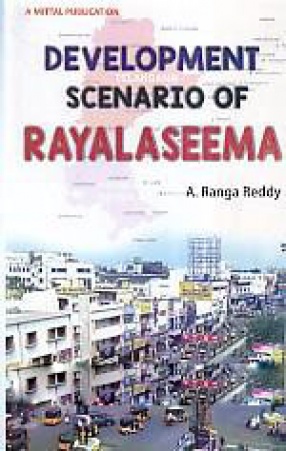
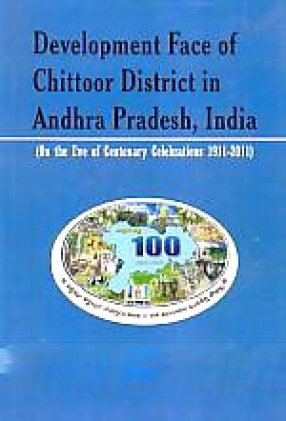
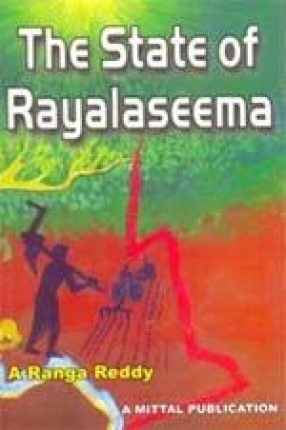
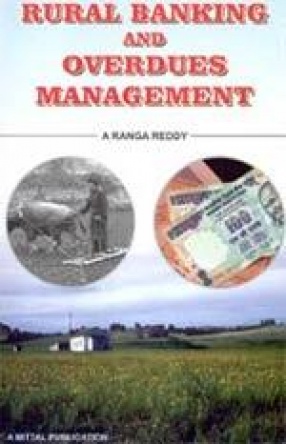


The book deals about Rayalaseema development in first decade of 21st Century. 60 percent of peoples’ livelihood is still on dry land agriculture. Among them below 25 per cent are depending on irrigation in different sources. Every year some part is found in drought in this region. 450 TMC water is needed as a source for development, which is a scarce commodity. Of course, Hindri-Niva, Galeru Nagari, Srisailam Right Bank Canal, Kurnool – Cuddapph ...

The book deals about environment sustainability in two dimensions over erstwhile Andhra Pradesh. The first part finds to assess the impact of natural resource management for sustainable livelihoods of Rayalaseema and second part studies the impact assessment of agri-industry pollution in Andhra Pradesh. The 19th century classical like A.C. Pigou, Kenneth Boulding to Jagadish Bhagavathi cautioned the states and consumers to be aware of natural resource degradation ...

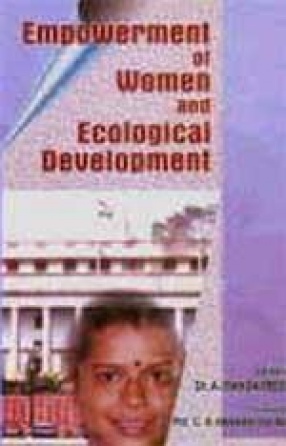
The present volume consists of selected papers presented at the Seminar on 'Empowerment of Women and Ecological Development. This volume will be useful to researchers, Activists and Policy-makers. Empowerment is simply the ability of direct and control one's life. The objective of women empowerment will be to create an environment, where women can freely exercise their rights both within and outside the home as equal partners along with men. Educationally, Women ...

Rayalaseema was carved out of the erstwhile Madras Presidency in 1953. Kurnool became the capital of Andhra State. The capital was latter shifted to Hyderabad. Andhra Pradesh emerged by amalgamating Telangana region on Nov. 1, 1956. Rayalaseema produced many Chief Ministers. But this region suffered a lot both economically and socially Geographically this rain shadow region receives an average of 550 mm of rainfall. Only 24 percent of the Rayalaseema area is ...

Among inputs of agriculture, adequate and timely credit flow would be required to meet the investment needs of the farming community, especially to small, marginal and tribal farmers, for stepping up productivity and production. The demand for credit is ever increasing after the green revolution. The New Economic Policy, 1991, further liberalized the credit and interest rates to cater to the farming needs. Nonetheless, overdue syndrome became an agency-neutral in ...

In very simply, corruption is defined as ‘Public office for private gains’. Corruption is a part of Indian Culture. We found that what is lacking is Political will. So, far, we have not encouraged and protected whistleblowers. In fact, this is the area, where India is ranked among the best in the world, but for wrong reasons. Still we retained the title of the most corrupt. India is among 55 of the 106 countries where corruption perception Index 2004, India ...

Even after six decades of independence, the significance of Indian agriculture is overburdened with more people, more area, less economics, which is solidly depending on vagaries of monsoon. Government’s rural development has not made the desire impact on the lives of people. However, the degraded moonscape of Jhabua district became the setting for a major watershed development programme. This grew into other programmes of rural development. The poorest of the ...
